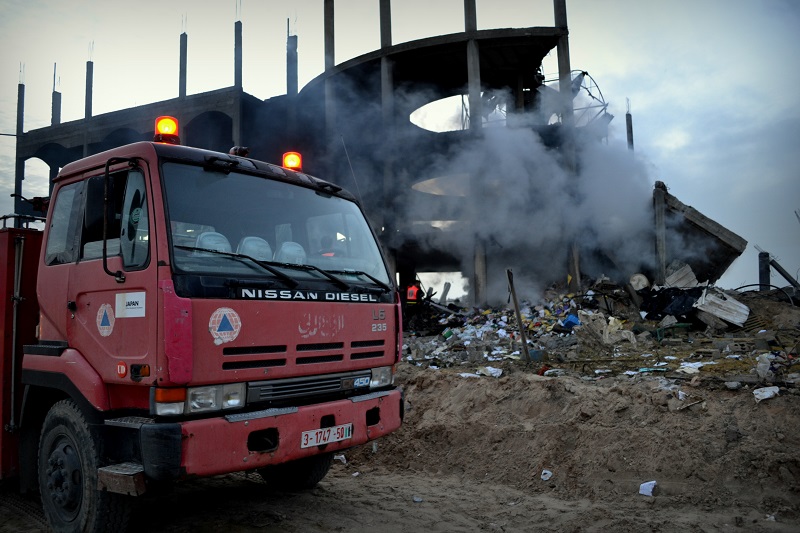Tag: Live Ammunition
-
Two people were injured and dozens more suffered from tear gas inhalation at weekly demonstration in Bil’in
24th January 2014 | FFJ Media Center | Bil’in, Occupied Palestine Two people were injured and dozens of other civilians, including international solidarity supporters, suffered from tear gas inhalation during Bil’in’s weekly protest against the wall and settlements. This week, the demonstrators also marched in protest of the continued siege and starvation of the Yarmouk…
-
Photos and video: Israeli forces’ gunfire blocks Palestinian farmland in Gaza
22nd January 2014 | Resistenza Quotidiana, Sil | Gaza, Occupied Palestine Since the Zionist occupation forces’ bulldozers had destroyed part of Khaled Qudaih’s field in Khuza’a, east of Khan Younis, he and his family went out to sow it again. The military responded with about half an hour of gunfire, threatening to strike Qudaih directly if he had not…



